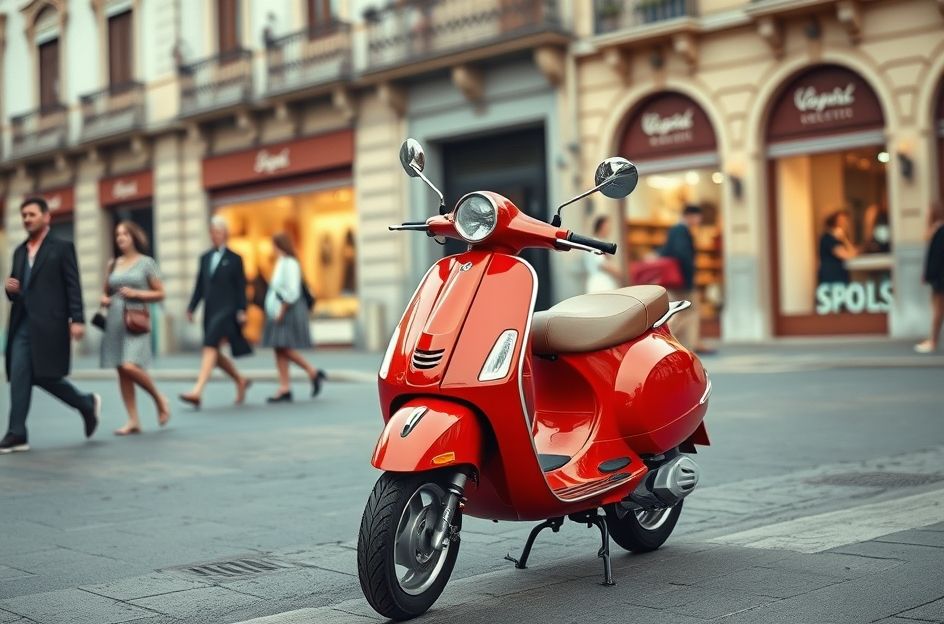The history of gas scooters stretches back to 1921 with early patents, but it was Gino Tsai’s Razor scooter in Shanghai, Taiwan, that ignited a global phenomenon. Soon, motorized scooter popularity exploded worldwide.
Even before 1950, Italy boasted approximately 110,000 scooters. The Vespa-Douglas Corporation in the UK narrowly avoided bankruptcy in the 1950s, thanks to the success of their gas scooters. Their scooters became an instant hit at the 1950 Motorcycle Show.
Between 1950 and 1958, Vespa sold over 125,000 gas-powered scooters in the UK. This surge was fueled by post-war economic conditions: limited gasoline availability and financial constraints made fuel-efficient scooters highly desirable.
The Italian Piaggio (Vespa) and Innocenti (Lambretta) models quickly expanded beyond Italy. France experienced such high demand that they began manufacturing their own. By the mid-1950s, French gas scooter sales reached nearly a million annually.
Other countries attempted to capitalize on the trend, with varying degrees of success. Germany produced larger touring models, but these failed to resonate with consumers as much as the smaller, more affordable, and fuel-efficient Italian and French scooters that dominated the European market.
German manufacturers like Tourist Scooters built robust versions with electric starters, ideal for touring and racing. However, their popularity couldn’t match the compact models favored for short trips.
Vespa introduced the GS 125cc and GS 150cc, improved versions of earlier Piaggio scooters. A key advancement was replacing heavy gear mechanism rods with lighter cables.
France’s Roussey Scooters attempted to surpass Italian models with a 175cc water-cooled engine. Despite innovative features, the pull-start mechanism couldn’t compete with the electric starts already offered by Italian manufacturers.
Gas scooters have evolved significantly and enjoy global popularity. They provide affordable transportation, are economical to run, and are practical for everyday use. Beyond mere utility, they are also enjoyable to ride. The market now includes electric, gas-powered, folding, mobility, and utility scooters.
Electric scooters are popular among younger riders, as well as elderly and disabled individuals. Mobility scooters cater specifically to those with mobility challenges. Folding scooters offer convenient storage, while utility scooters serve various purposes. Scooters, sometimes referred to as mopeds or go-peds, have proven their functionality and convenience, establishing their enduring presence on roadways.
